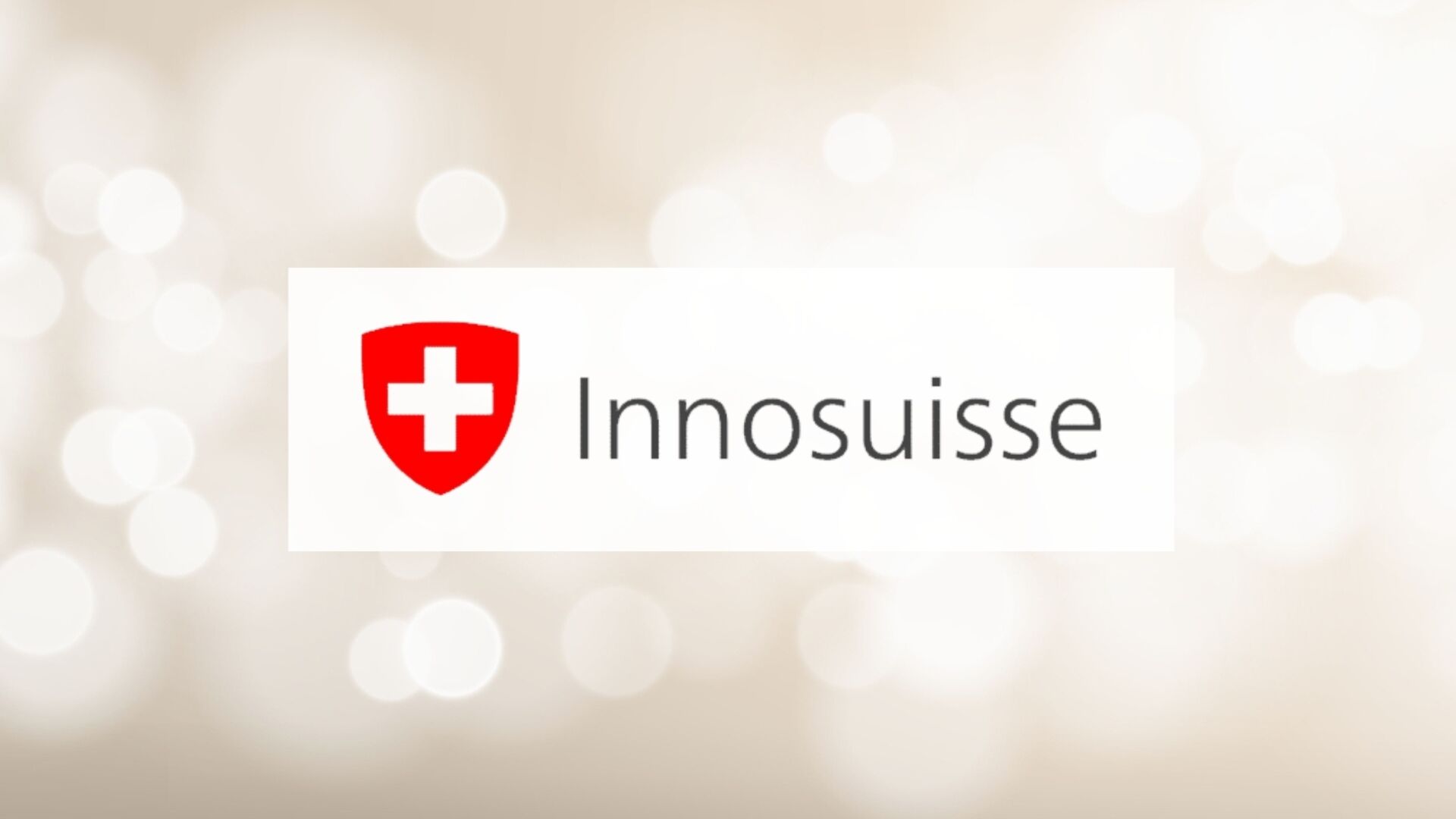Use examples within everyone's reach: rule No. 4 of effective communication
The fourth commandment to better communicate with your audience
We have reached the fourth episode of our focus dedicated to effective communication and the time has come to delve into a new, important rule for build a convincing written and oral message. The commandment that we want to submit to you takes up minimally the third point of the previous episode: Put yourself in your interlocutor's shoes. We have seen how, translated into practice, this rule (in part similar to the attitude of empathy) can be achieved articulate in a set of good practices to keep in mind and apply when needed: Listen to the people in front of you, Interact with coherent questions, Look the other party in the eye, Tell your experiences. Tips that lay the groundwork for take it one step further: think up and submit to the public of listeners (or readers) examples within everyone's reach, consistent with the pre-established business objectives. So let's take a closer look at this fourth, indispensable rule for one effective, modern and successful communication.
WHAT IT MEANS TO USE EXAMPLES WITHIN EVERYONE'S REACH
Let's start first with the definition. “Using examples that are within everyone's reach” doesn't just mean offering simple examples that are easy to understand. It also and above all means selecting information and situations capable of involve the widest possible audience. To do this, the examples need to be on target with our audience, an additional factor compared to the immediacy of the communication. If we do not pay due attention, we risk being very clear and direct, but not intercepting the true interest of the people that we have before us. Of the many speeches that have gone down in history we could mention that of politician Robert Kennedy, when he spoke at the University of Kansas. It was March 18, 1968 and "Bob" had the opportunity to describe the GDP as an economic indicator of little significance compared to the real well-being of the nation. A complex theme, however made extremely usable both for the quality of the communication and for the examples concrete reported:
The GDP bills for special locks on our house doors and prisons for those who try to break them. It includes Whitman's rifle and Speck's knife, and television programs that glorify violence in order to sell toys to our children. It grows with the production of napalm, missiles and nuclear warheads and only increases when popular slums are rebuilt on their ashes. Includes armored police cars to deal with urban riots. GDP does not take into account the health of our families, the quality of their education or the joy of their moments of leisure.
If Robert Kennedy had faced an audience of international economists from other countries that were not necessarily Western, in all probability he would have cited examples much more distant from everyday life. Foreign economic strategies, social analyses, scientific research results, expert comments on the subject… Instead, he cited Speck's knife, children's television programs and armored police cars, concepts in line with your target of American students and professors.
THE THREE TYPES OF EXAMPLES FOR EFFECTIVE COMMUNICATION
If it is essential to recall in one's oral speech or written text examples that are within everyone's reach and - knowing it in advance - consistent with the characteristics of the public, it is not necessarily necessary to follow Kennedy's strategy and opt for reporting known concepts or objects. There is no shortage of alternatives, we report the three main ones starting from the most obvious.
1) List of data
The first option is the same adopted by Kennedy Junior in his speech at the University of Kansas. A set of terms in the form of a list, decalogue or list. Let's try to see a typical case taken from the digital world. Instead of praising the company with an empty description of content – a mistake frequently seen on the About page of many websites – better bring back the strengths with immediately understandable examples and data: 20 years of experience, over 4.000 satisfied customers, Made in Switzerland manufacturing, official partner of the city of… In other words, targeted data, within everyone's reach, which make communication much more effective.
2) Example in the form of comparison
It's the classic example that comes to mind first. Here too we report a speech considered among the most beautiful ever in the context of commencement speeches (official speeches to recent graduates). In this case it was he who pronounced it writer Foster Wallace, considered one of the most brilliant modern authors in the world. The text section is very long, we report only the first part because it is sufficient to clarify what we mean by "example in the form of comparison":
As an example, let's take a typical adult day, and you waking up in the morning, going to your demanding white-collar-college-grad job, and working hard for eight or ten hours, until, at the end of the day, you're tired and even a little stressed and all you want is to go home, enjoy a nice dinner and maybe relax a bit for an hour or so, and then get into your bed soon because, obviously, you'll have to wake up early the next day to start all over again.
Here we essentially choose to take a common situation once again strongly aimed at a specific audience (in this case the recent graduates) with the intention of illuminating the crux of the matter. The same strategy can be adopted in other contexts, both in written and oral form.
3) Personal history
There is then a third possibility to insert one or more examples within our effective communication. This time it is not a question of using a list of objects, strengths or characteristics (first case), nor of making a comparison with a known situation (second case). The trick, rather, consists in recalling a personal story and make it public. Let's go back to university again, and to be precise to Stanford, where Steve Jobs spoke up on June 12, 2005 in front of a crowd of students. Here too, for reasons of space, we have reduced the text to the essential part.
I'll give you an example right away. Reed College at the time offered arguably the best calligraphy training in the country. [...] Since I had dropped out of the official courses, I decided that I would take the calligraphy class to learn how to write like this. It was there that I learned about serif and san serif typefaces, about the difference between the spaces that divide different combinations of letters, about what makes letterpress text great. […] ten years later, when we were designing the first Macintosh, it all came back to me. And we used it all for the Mac. It was the first computer with wonderful typography.
The conclusion is soon said. Based on the message, based on the public, based on the contribution that can be made, it will be possible to resort to one or more of these types of examples, transforming a theoretical and generic communication into an unforgettable message for those who listen to it and who knows, maybe one day for those who read it!
You may also be interested in:
Four countries, one gigantic ocean: the CMAR case
It is the marine corridor of the eastern tropical Pacific: Panama, Ecuador, Colombia and Costa Rica allied for the protection of seas and marine species...
Lausanne, on the trail of pollution: the story of an incinerator
A team of scientists has reconstructed the events of the Vallon waste-to-energy plant and the invisible contamination that shocked the Canton of Vaud
How the environment determines the characteristics of the cheese
The tasting highlights how, with unchanged production rules, climate and fodder crops influence different organoleptic notes
Innosuisse has achieved its 2023 innovation goals in Switzerland
A record amount of over 490 million francs has been allocated to compensate for the lack of association with the EU's well-known Horizon Europe program
by Editorial staff Innovando.NewsEditorial staff of Innovando.News




